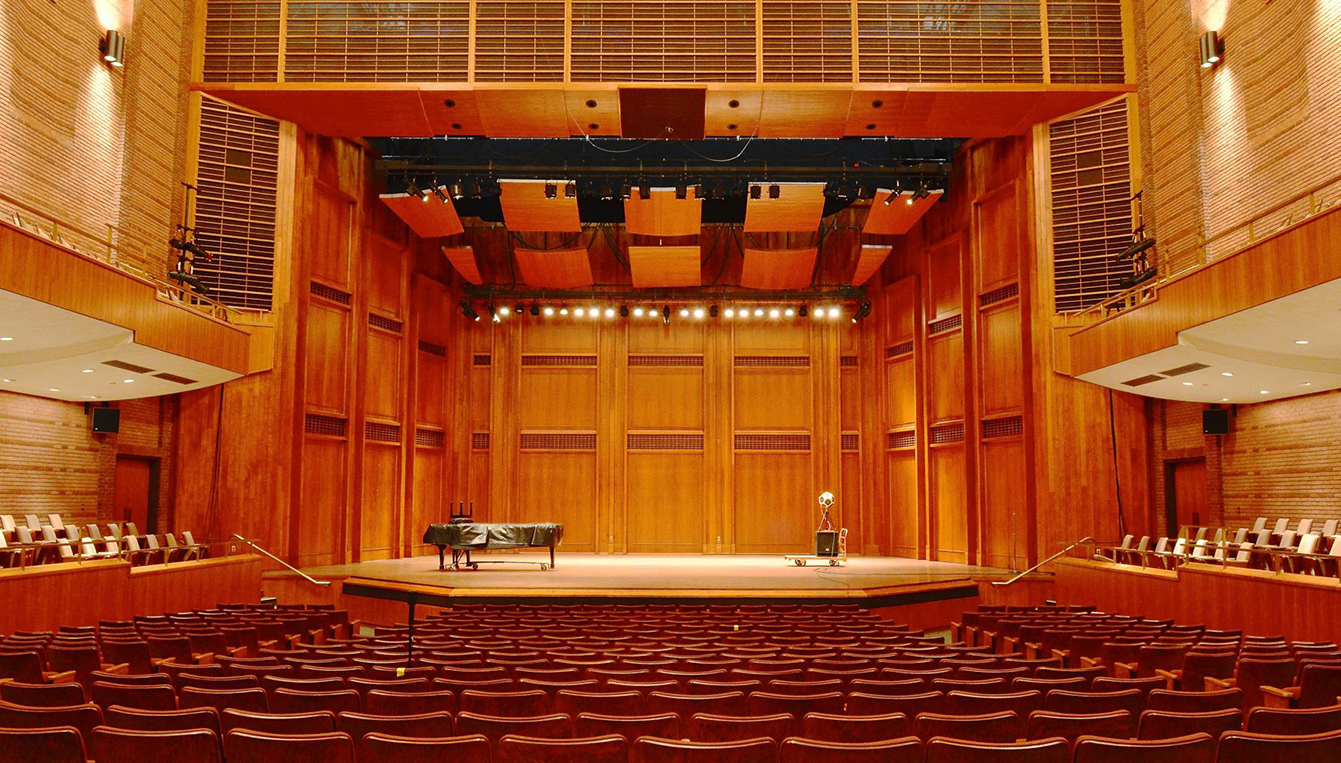Kelsey Rogers
Principal

Concert hall design exists at the intersection of art, science and engineering, where acousticians continue to demystify aural excellence.
What defines “excellence” in concert hall acoustics? Acousticians have been seeking perceptual and physical answers to this question for over a century.
Despite the wealth of insightful research and experience gained in this time, it remains established canon that the best concert halls for classical orchestral performance are the Vienna Musikverein (1870), Royal Concertgebouw in Amsterdam (1888), and Boston Symphony Hall (1900; Beranek, 2004). Built within a few decades of each other, the acoustical triumph of these halls is largely attributable to their fortuitous “shoebox” shape and emulation of other successful halls.
Today, we have a significantly more robust understanding of how concert halls convey the sounds of musical instruments, and we collect tremendous amounts of perceptual and physical data to attempt to explain this phenomenon, but in many respects, the definition of excellence remains elusive.
This article discusses current trends in concert hall acoustical design, including topics that are well understood and questions that have yet to be answered, and challenges the notion that “excellence” can be defined by a single room shape or set of numerical parameters.
To read the full article click below.